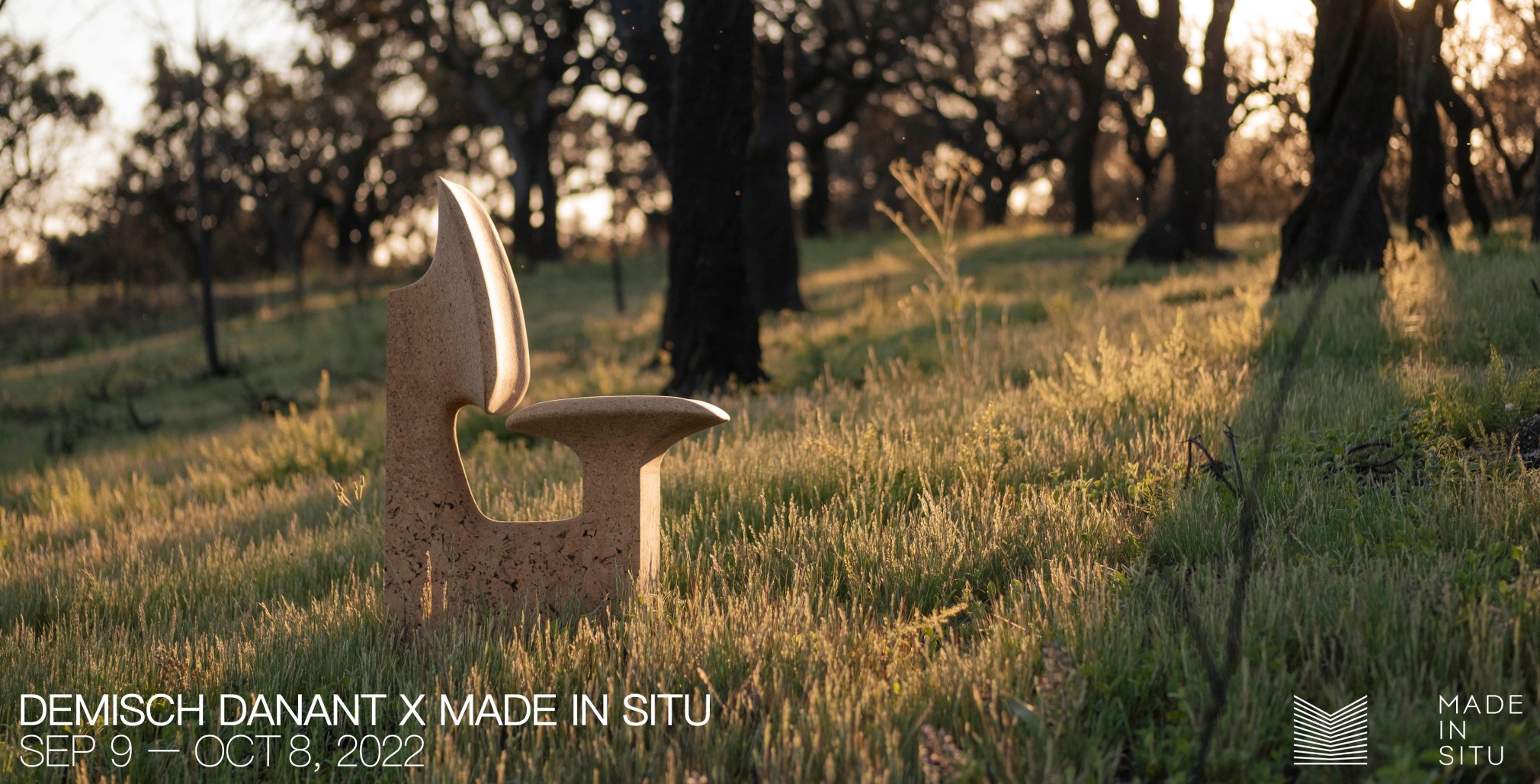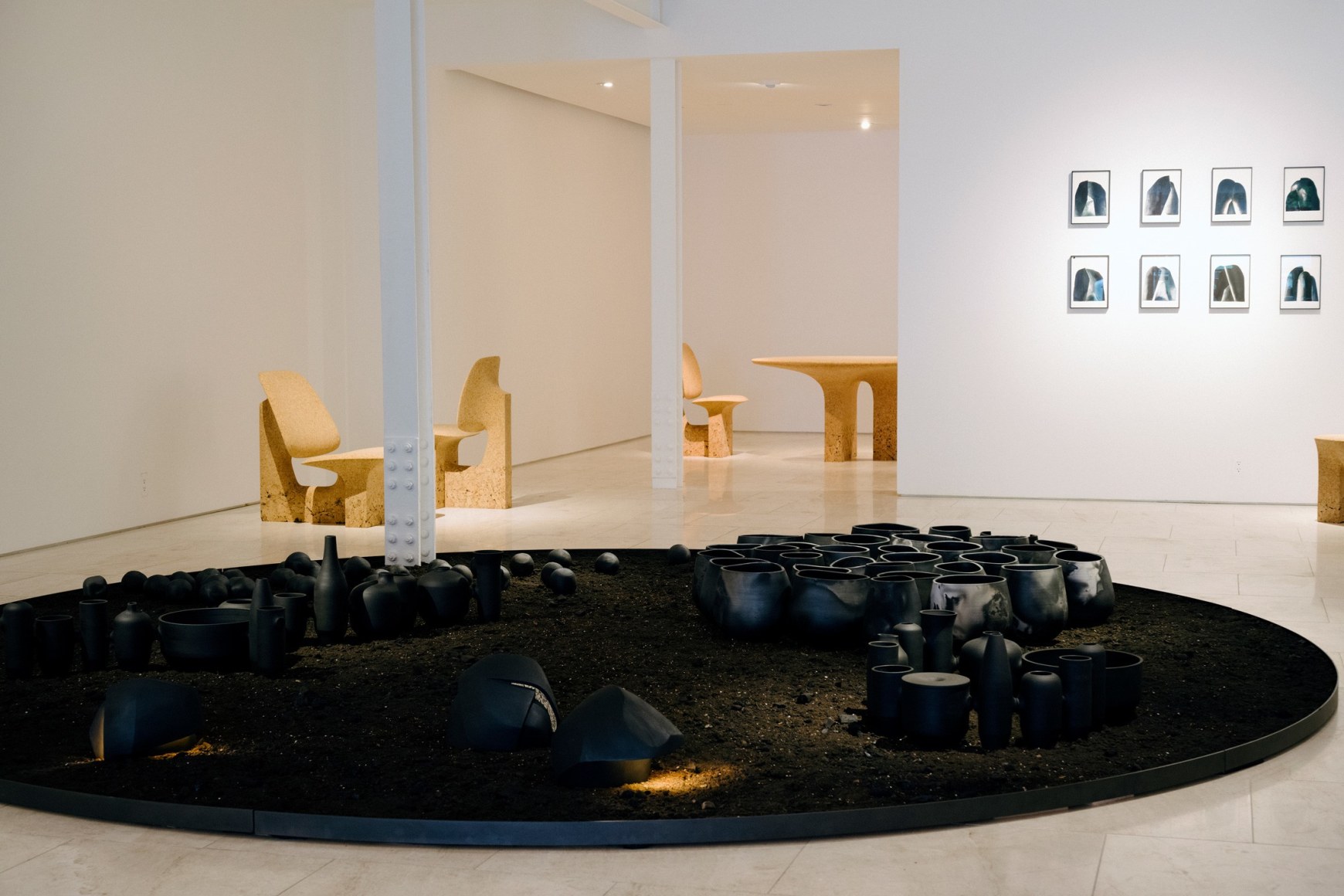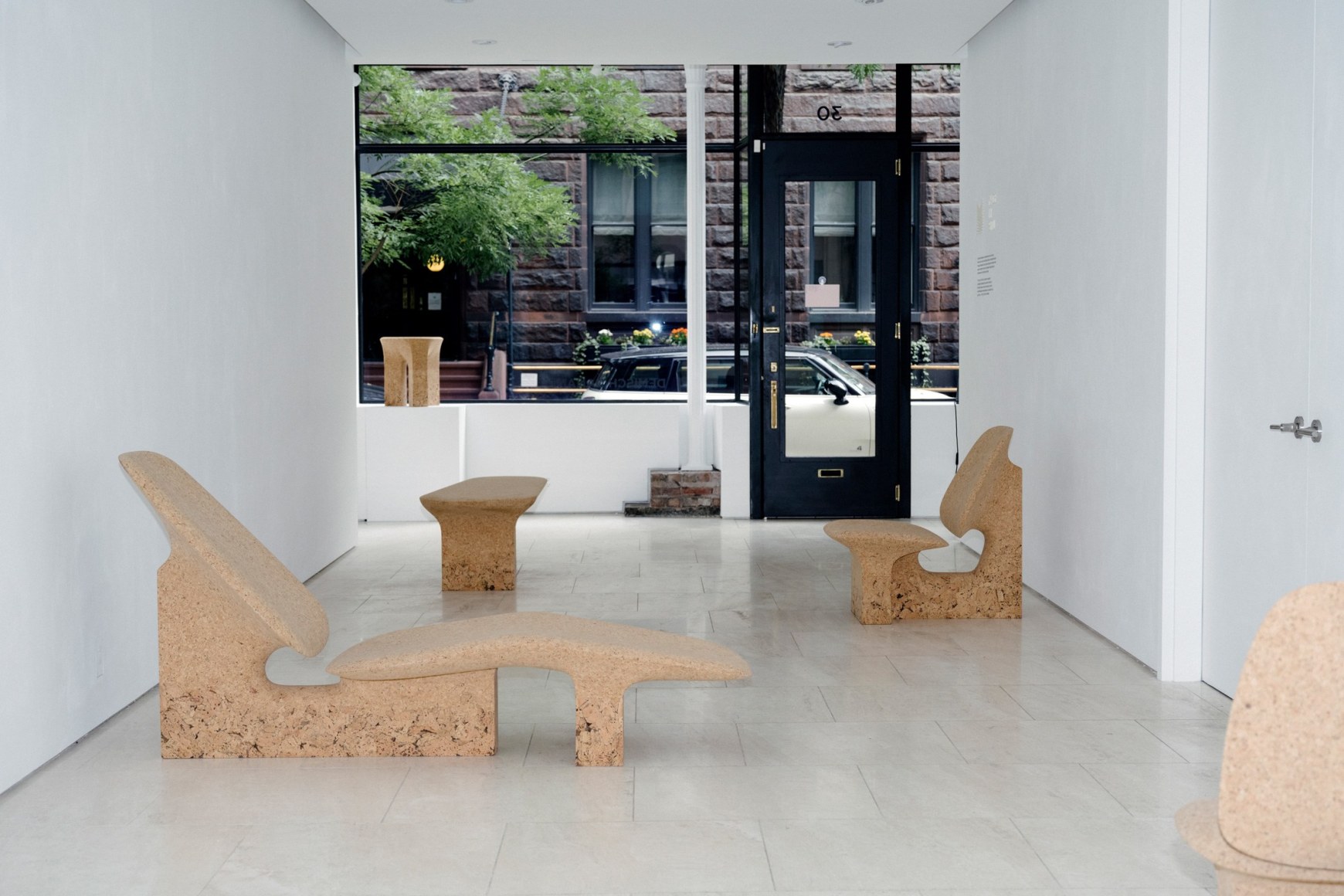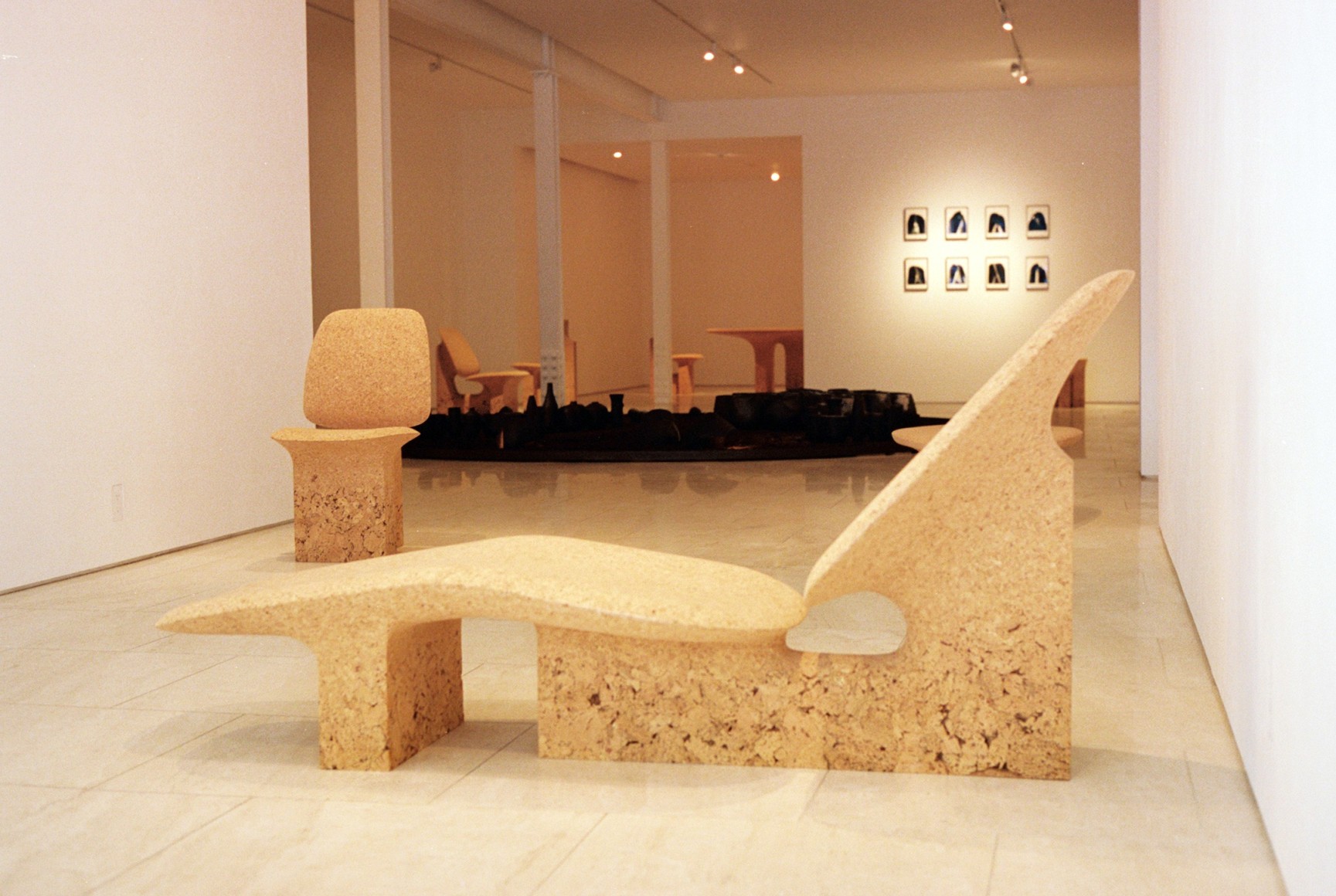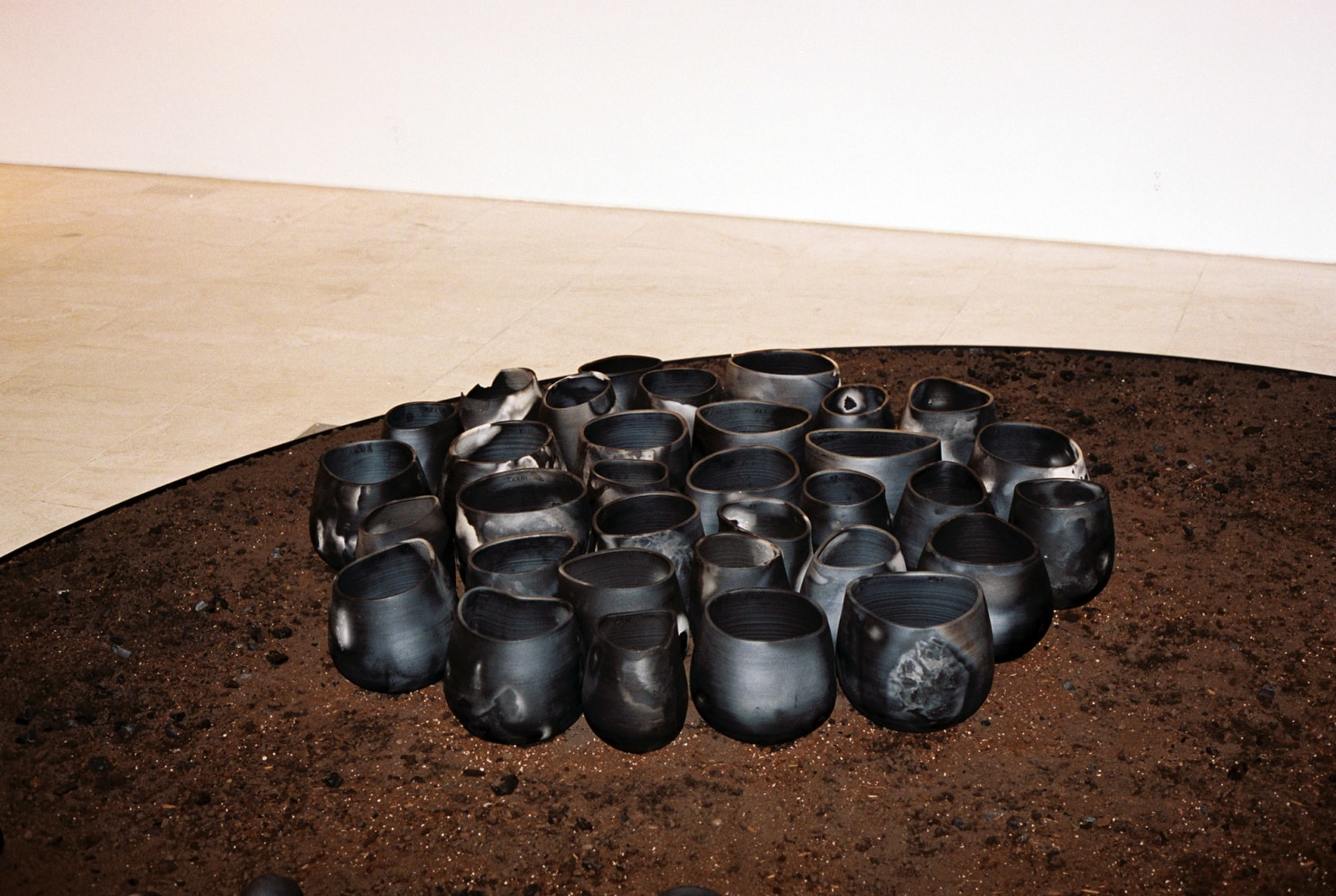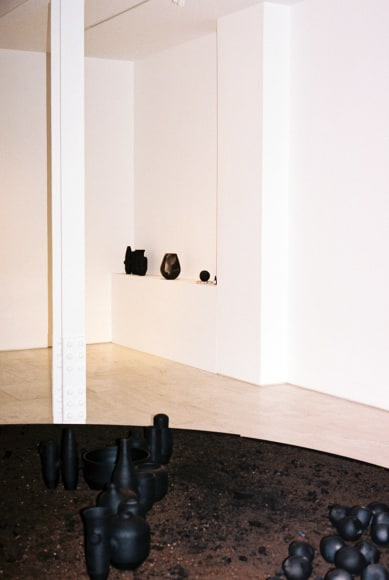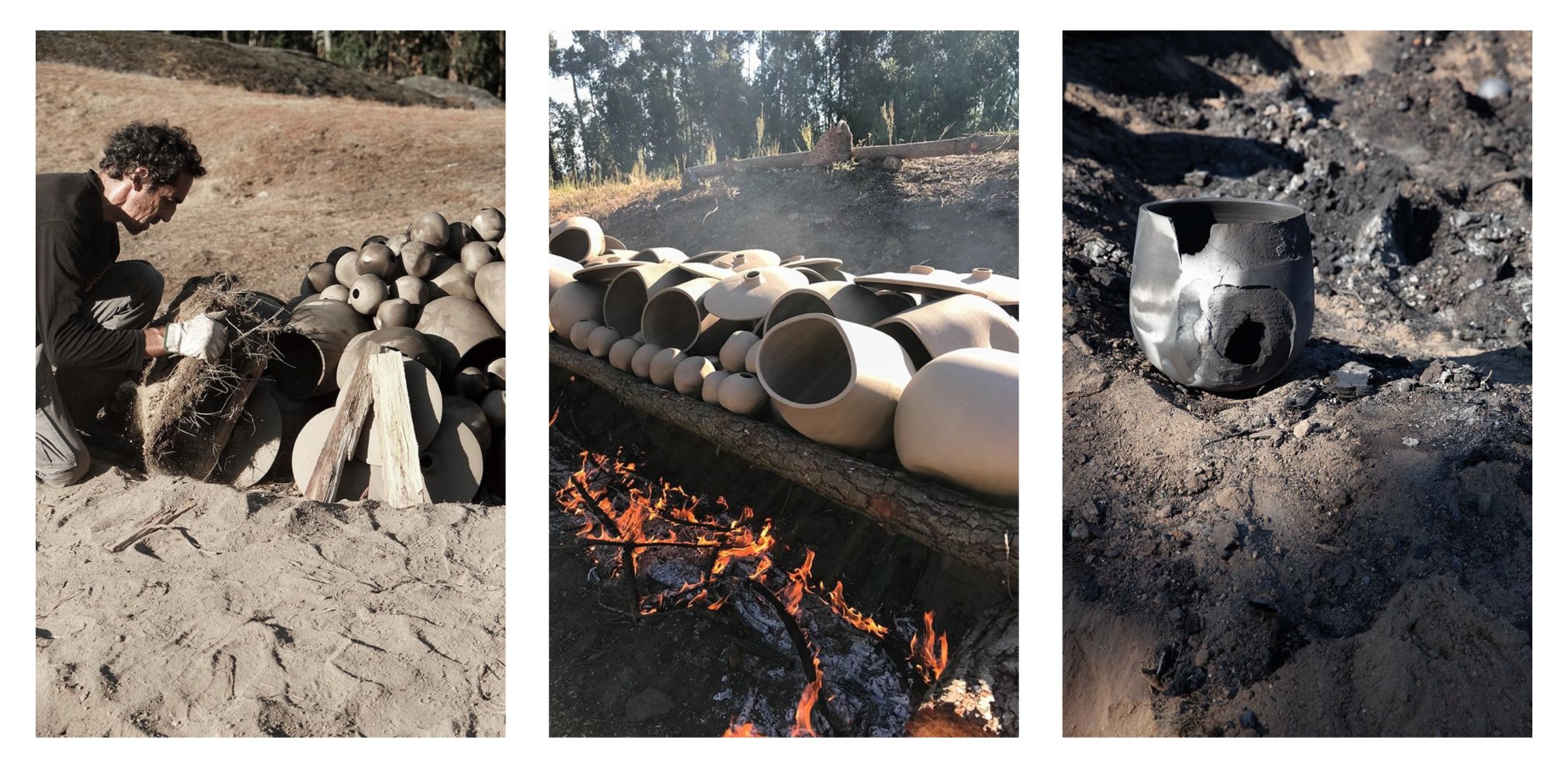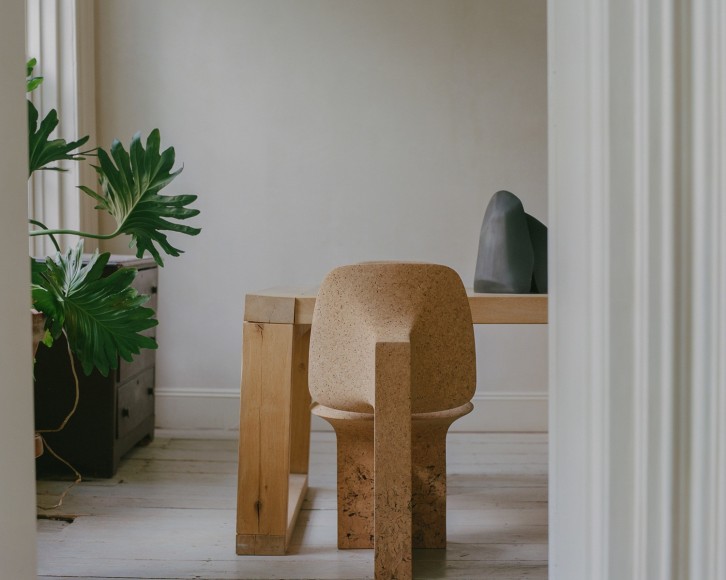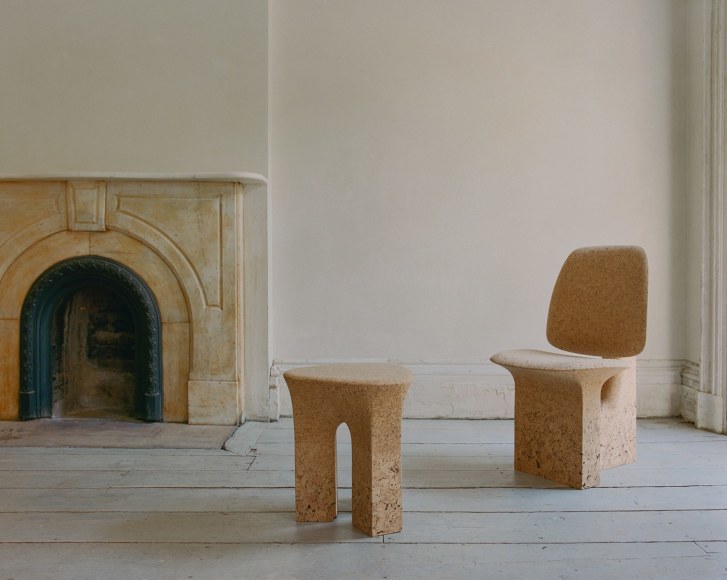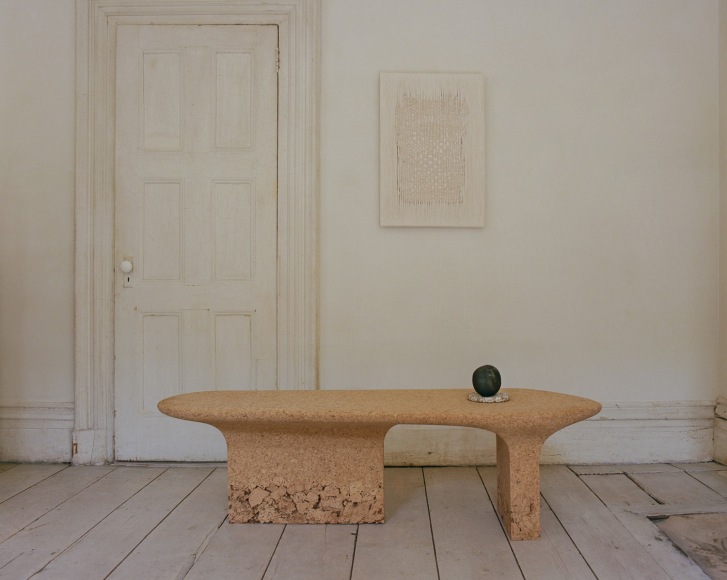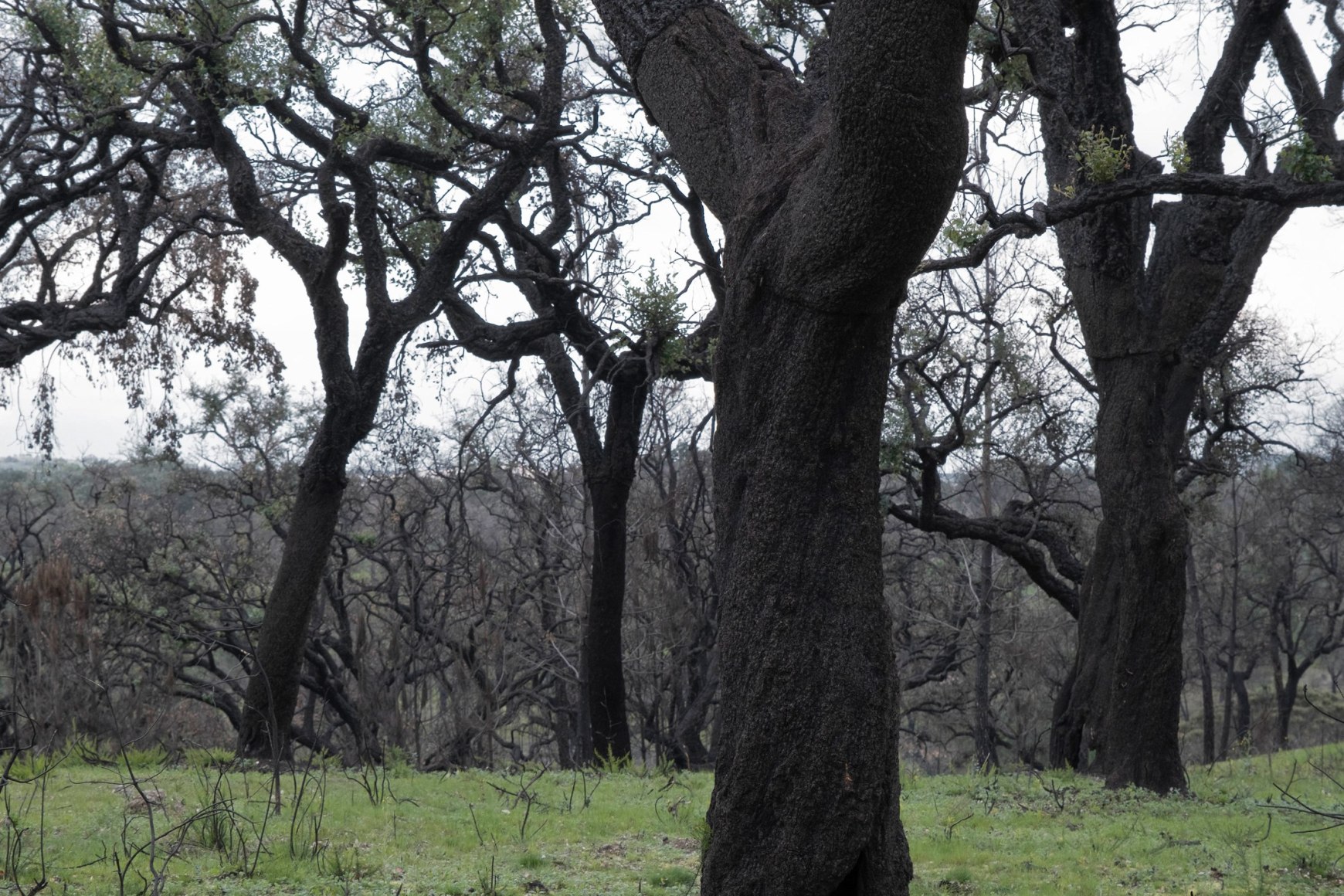Demisch Danant x Made in Situ
The US Debut of Contemporary French Designer
Noé Duchaufour-Lawrance and his tribute to Portugal
Showcasing the Burnt Cork and Barro Negro collections
September 9, 2022 - October 8, 2022
New York, NY –Demisch Danant is proud to present the US debut of illustrious French designer Noé Duchaufour-Lawrance with the first two collections of his Portugal–based studio, Made In Situ, on view September 9, 2022 through October 8, 2022.
A dynamic examination of the exchange between person and place, Made In Situ is a series of cross-disciplinary works in conversation with nature, feeling, and materiality. For three years, Duchaufour-Lawrance has been living and working in Lisbon, developing these poetically site-specific collections alongside local artisans and craftspeople. The first two collections –Barro Negro and Burnt Cork– serve as testaments to time spent truly discovering a place, its people, and their history.
“The designed pieces are the fruits of my adventures, explorations of geological and biological textures, patterns, materials and their related techniques. Above all, my inspiration comes from human knowledge and sensitivity, linking to and embedded in each specific place,” says Duchaufour-Lawrance.
The first collection and eponymous installation, Barro Negro, is a series of handcrafted black ceramics — vases, diffusers, lamps, and vessels that marry raw materials with ancestral practices. Each piece embodies the mythical spirit of ‘Serra do Caramulo’ in central Portugal with a sense of camaraderie around the traditional practice of soenga, a process that dates back to Neolithic times where pottery is fired with burning pine and then buried in soil. The series includes Caramulo Lamps, Xana & Carlos Dry Vases, the Tondela Installation, and the Soenga Perfume Diffuser.
The second collection, Burnt Cork, is a tribute to Portuguese cork – an ode to the resilience of material, of people, and of process. The work rises from the ashes of discarded cork burnt by forest fires. The damaged cork is transformed into custom gradient blocks by a family business in Algarve. The blocks are then carved by a CNC machine, operated by master technicians at Granorte, a cork company in Rio Meão, in the north of Portugal. This series explores the symbolism of resurrection and reinvention. Each creation is a geometric composition of vertical and horizontal blocks that morph into fluid shapes to reveal its function.
“I had seen some of Noe's Burnt Cork collection from afar, but everything was enhanced when I experienced it in person. To feel the material and appreciate its tactile character is to understand the innovation of the craft – an ultra-contemporary design born from something honest in its materiality,” says Demisch Danant co-founder Stephane Danant.
Demisch Danant and Duchaufour-Lawrance came together for this exhibition with a shared admiration for narrative-driven design and material-forward conception. Highly respected for their meticulous curation of innovative twentieth-century design, Demisch Danant’s presentation of Made In Situ speaks to their respect for the artistry and perspective of Noé Duchaufour-Lawrance, a rare contemporary amongst their roster of historical greats. Since its inception, the gallery has specialized in French works from the late 1950s through the 1970s that have pushed the boundaries of their respective times. With a focus on multifaceted experiences, their exhibitions sit at the intersection of architecture, art, and design.
“As a gallery, we’re interested in presenting various dialogues and uncovering the stories behind each work. I was attracted to Made In Situ’s point of view as well as their use of local and natural materials. While cork and clay are not new materials, Noé’s unique design process and aesthetic is innovative,” says Demisch Danant co-founder Suzanne Demisch.
About Demisch Danant
Demisch Danant was founded in 2005 by Suzanne Demisch and Stephane Danant. The gallery specializes in twentieth-century French design with an emphasis on the late 1950s through the 1970s and represents the work of Maria Pergay, Pierre Paulin, Jacques Dumond, Joseph-André Motte, Pierre Guariche, Michel Boyer, Antoine Philippon & Jacqueline Lecoq and René-Jean Caillette. Curated exhibitions on historical work are presented within environments that reference architecture and interiors of the era.
The gallery also features exhibitions concerning the intersection of architecture, design, and art, including the work of Sheila Hicks and César.
Demisch Danant is dedicated to research and scholarship on French design and has published and authored monographs including Antoine Philippon and Jacqueline Lecoq, Maria Pergay: Complete Works 1957-2010, Maria Pergay by François Halard, and Maria Pergay: Sketch Book. Current projects include a comprehensive monograph on seminal designer Joseph-André Motte and a new book about works by Sheila Hicks commissioned for architectural projects.
About Noé Duchaufour-Lawrance
Noé Duchaufour-Lawrance is a French designer working across a wide range of disciplines and materials to create a unified body of work with a narrative deeply rooted in nature.
Born in the south of France in 1974, he followed the footsteps of his father, with an academic training in sculpture from the École Nationale Supérieure des Arts Appliqués et des Métiers d’Art, followed by a degree in furniture design from the renowned Les Arts Décoratifs. Fuelled by a rich creative background, Noé approaches design with an instinct and sensibility that gives form to projects ranging from architecture to furniture, interiors to bespoke, limited edition collections. His sculptural work showcases a respect for the past, combined with a simplicity of line and an honest desire to create pieces that last.
He has designed for industry leaders such as Saint Louis, Hermès, Ligne Roset, Cinna, Ceccotti collezioni, Bernhardt Design, Sèvres, Mobilier National, Dior, Baccarat, La Chance, Petite Friture, Zanotta, Tacchini, ZaoZuo, Kundalini, Neal Feay, as well as many exhibitions and cultural institutions. His designs for architectural spaces include global boutiques for Montblanc, Air France and SFL business lounges #Cloud Business Center lounges, the interior of the Ciel de Paris and Sketch in London, as well as private residences around the globe.
Noe’s approach to design celebrates the coming together of heritage, materials, industrial design, natural forms and fine craftsmanship.
NoeDuchaufourLawrance.com
@NoeDuchaufourLawrance
For press inquiries, please contact:
Anna@AnnaCaradeuc.com and Georgina@AnnaCaradeuc.com

